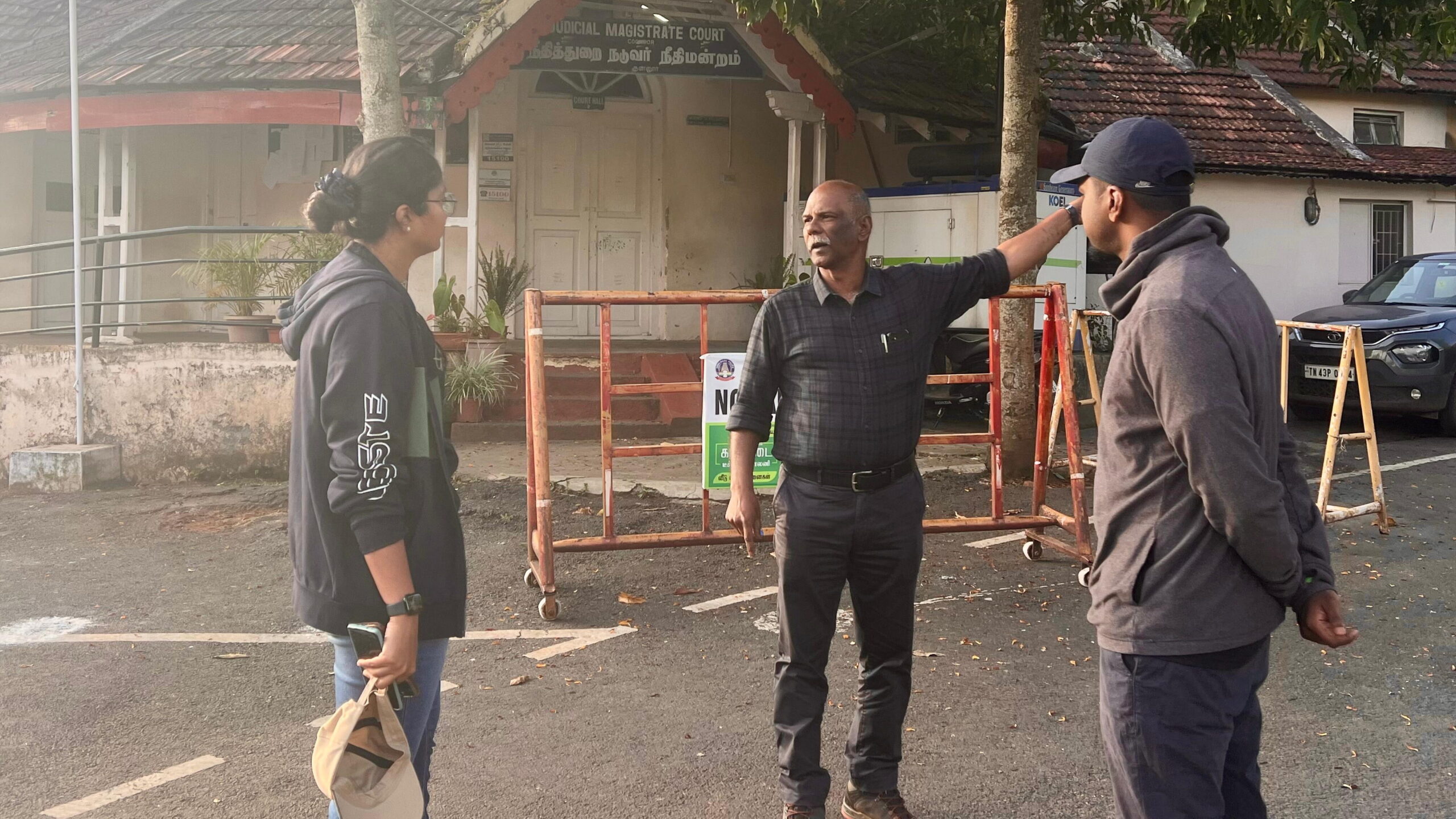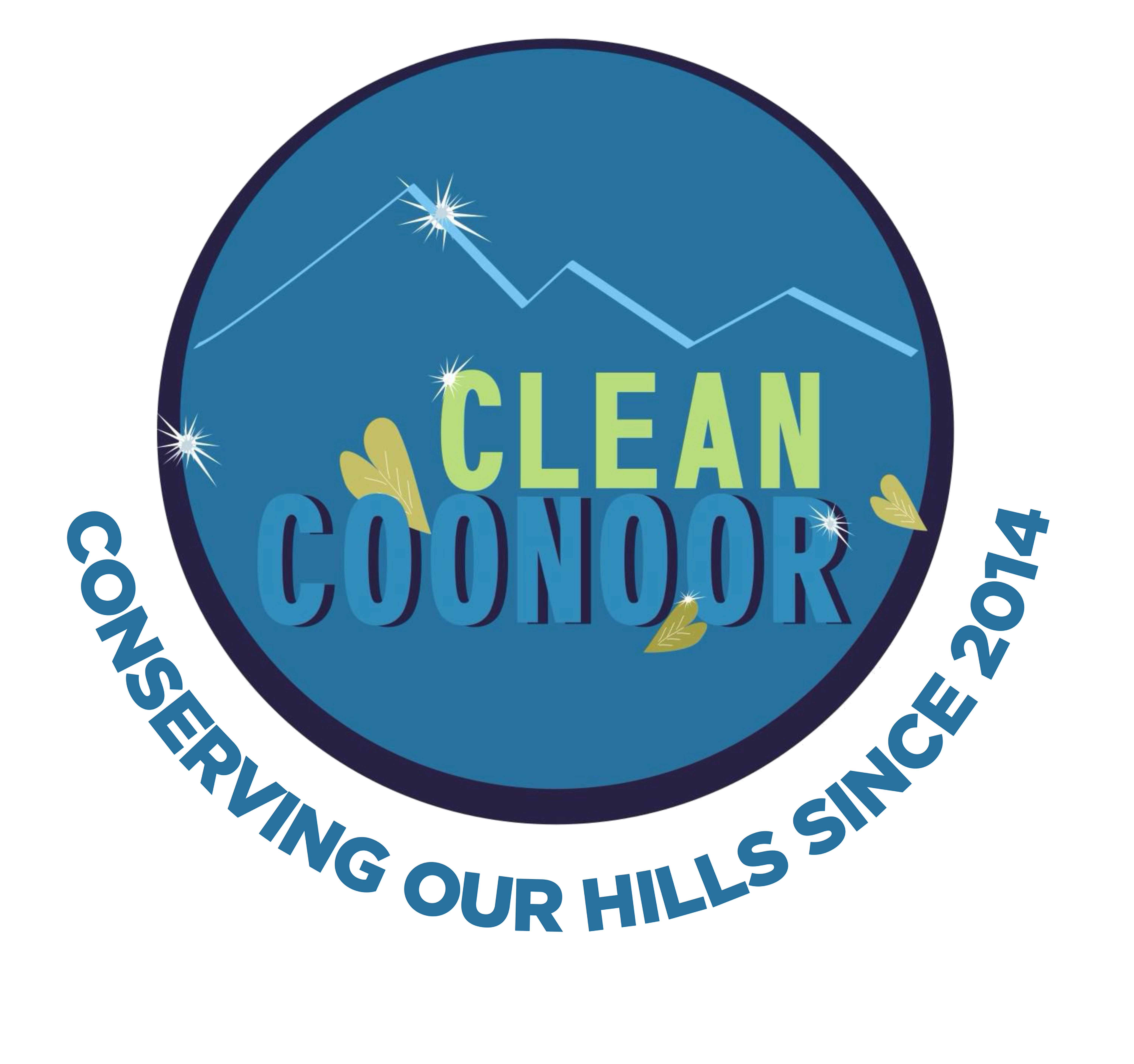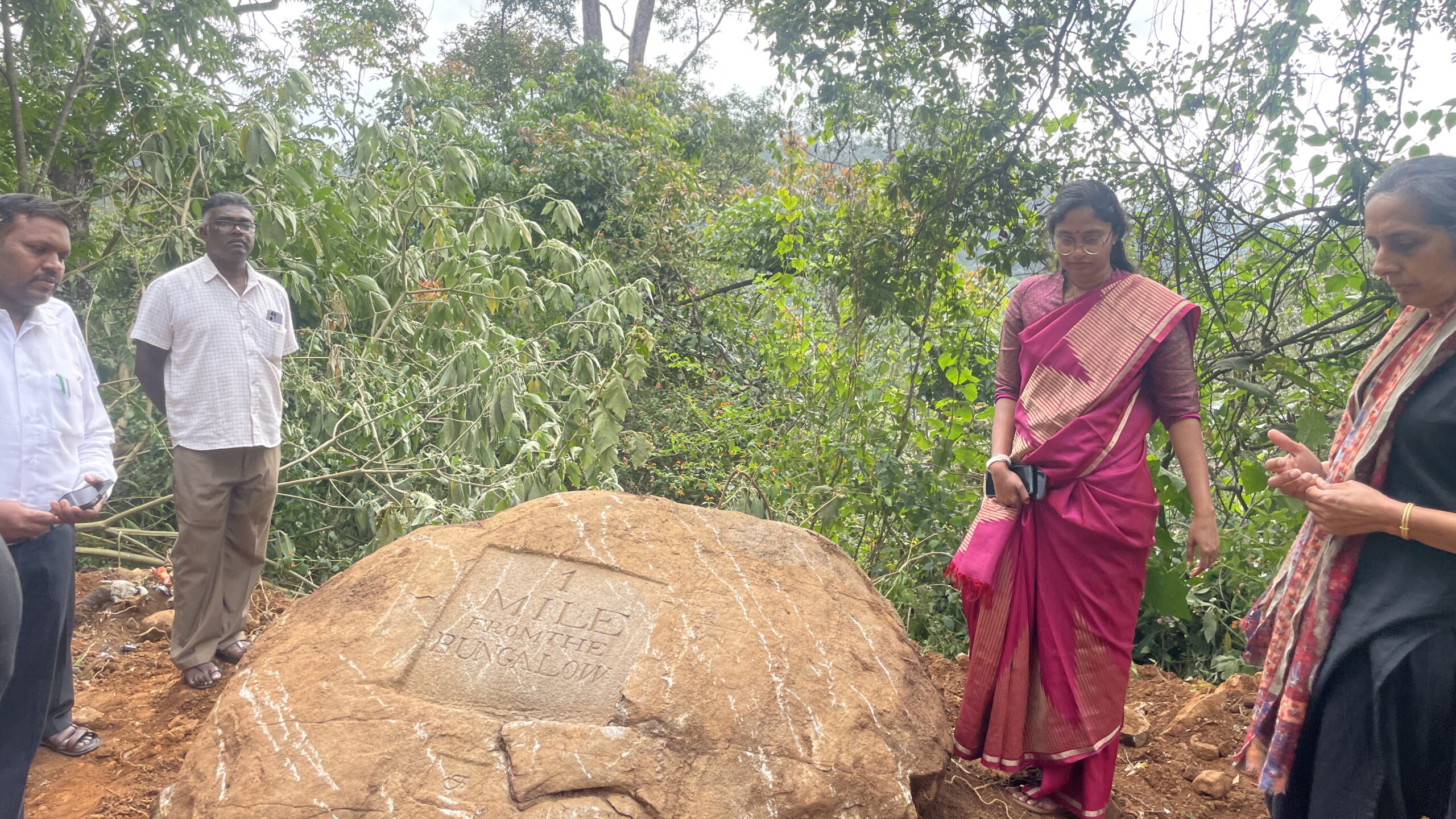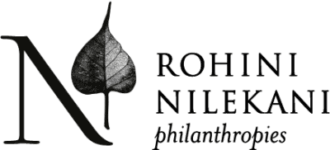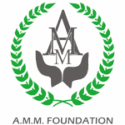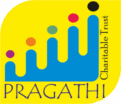No place is a place until things that have happened in it are remembered in history, ballads, yarns, legends, or monuments.
‘Heritage’ refers to some esteemed items or property or landmarks having social or normal or historical significance that must be saved and passed on by one generation to another. This includes practices or customs or traditions that are brought forward as the years progressed.
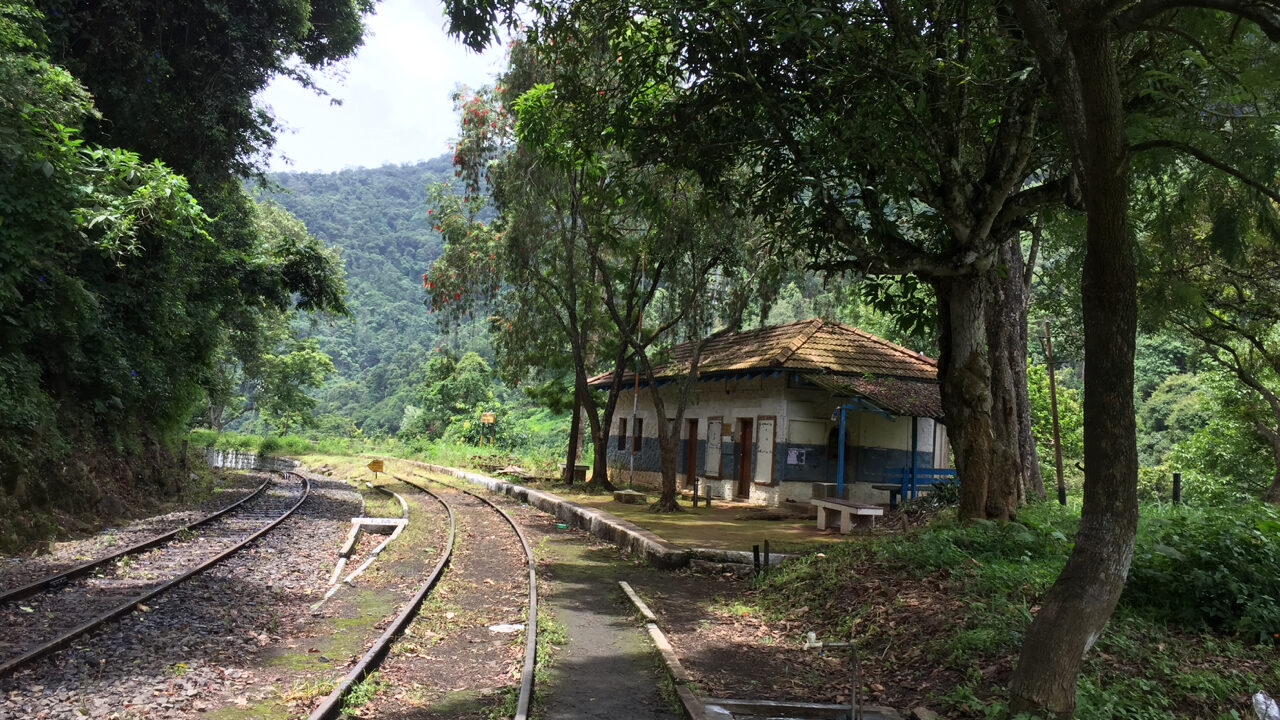
Monuments and archaeological pieces serve as testimonies of man’s greatness and establish a dialogue between civilisations showing the extent to which human beings are linked.
Preserving the ethos of the Economic Capital of The Nilgiris.
The heritage of Ootacamund is well documented, thanks to the painstaking effort of Sir Fredrick Price which led to the publication of his masterpiece, ‘Ootacamund, A History,’ in 1908.
The same cannot be said of Coonoor, and her journey from that of an encampment for the pioneers engaged in opening its ghat, to that of an economic capital, lies largely undocumented.
Information lies about piecemeal in gazettes, newspaper clippings, through the lens of A. T. W. Penn whose great grandson as gesture of goodwill – donated the entire collection to this organisation – to be used at discretion, and most of all in her still extant monuments and architectures.
We at Clean Coonoor believe that monuments and architectures are reflection of the glory of our vibrant past. They show the origin and cultural ethos of our Coonoor’s multi-ethnic populace. Each heritage site has its own value which represents, diversity in culture, art, religion, thoughts, etc, and this little town abounds in such ; the UNESCO World Heritage site, the Nilgiri Mountain Railway ; the Church of All Saint’s ; and the Pasteur Institute, being a few notable examples.
It is hoped that if people took pride in the township, they would try and keep it clean. To this effect Clean Coonoor holds regular discourses, symposia and the like, and also heritage walks which at times double up as cleanups.
There was a time in our past when one could walk down any street and be surrounded by harmonious buildings. Such a street wasn’t perfect, it wasn’t necessarily even pretty, but it was alive. The old buildings smiled, while our new buildings are faceless. The old buildings sang, while the buildings of our age have no music in them.
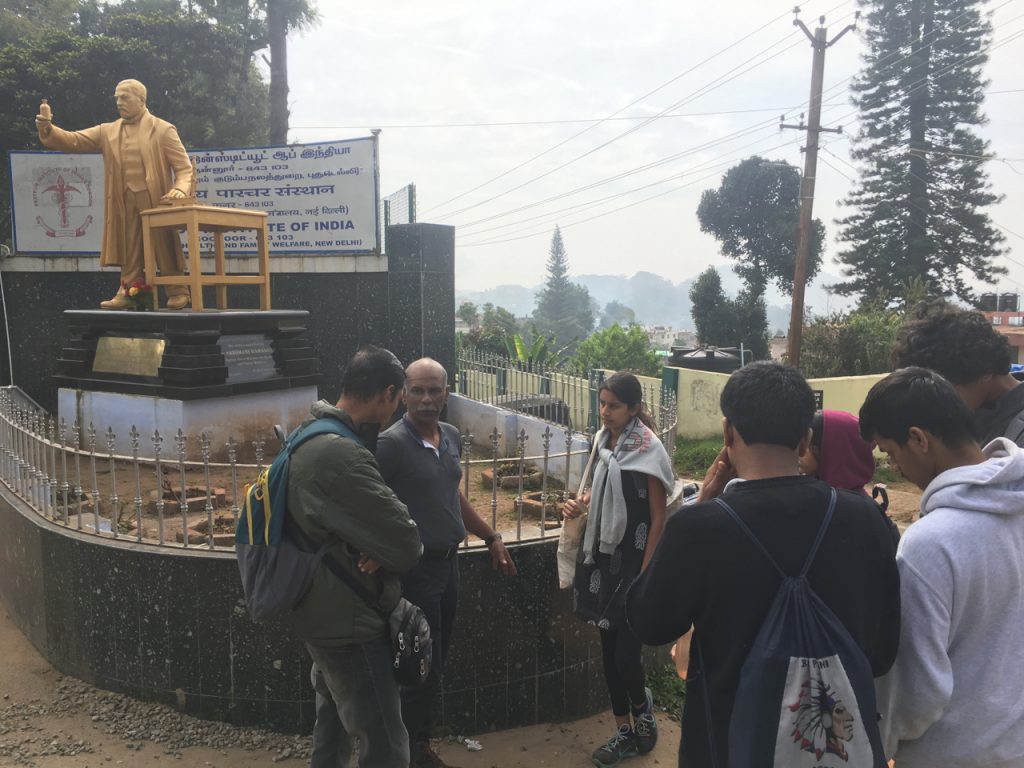
Students from Chennai participating in a Heritage Walk
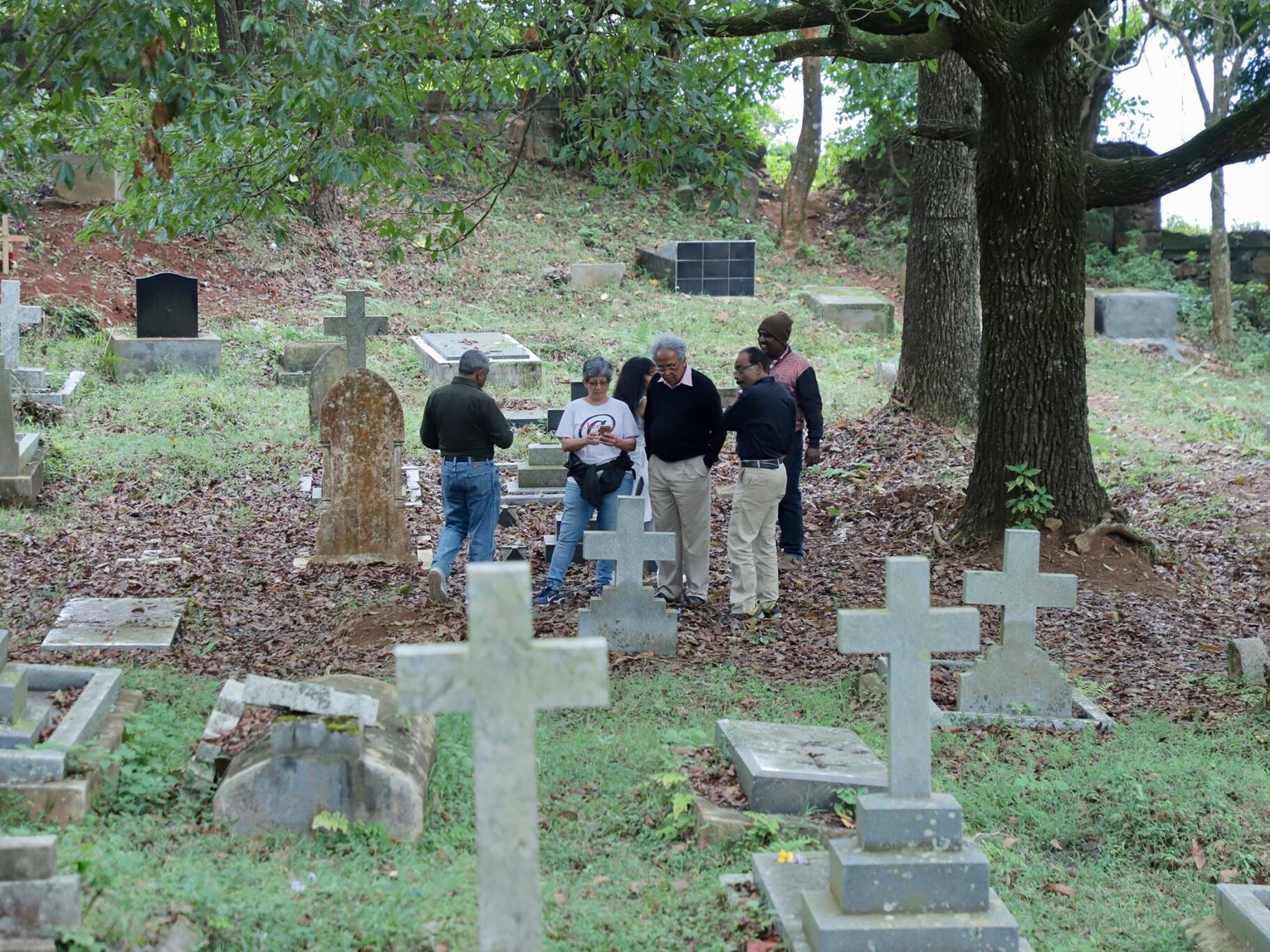
A tour of the Tiger Hill Cemetery
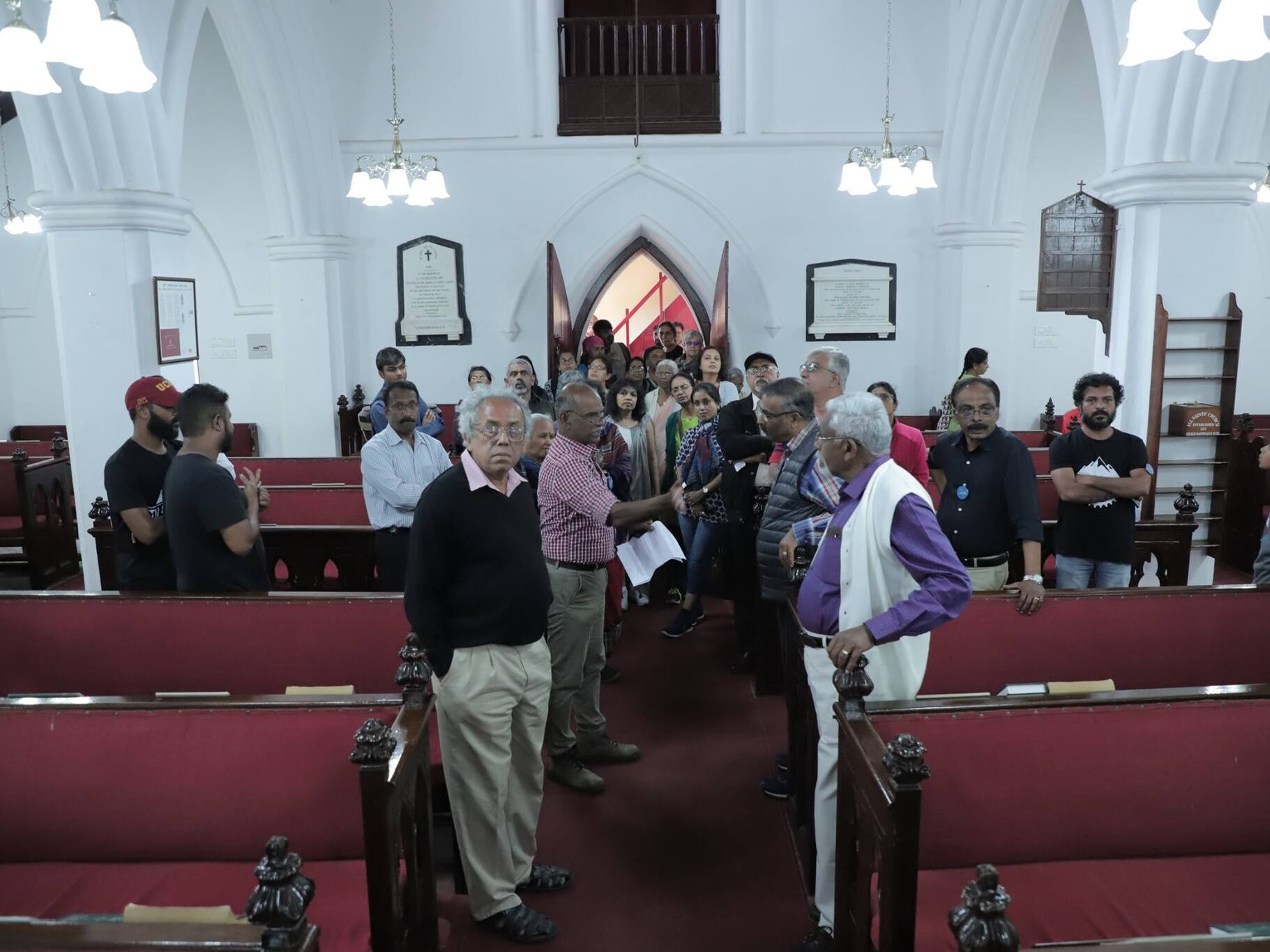
A walk around the first church of Coonoor
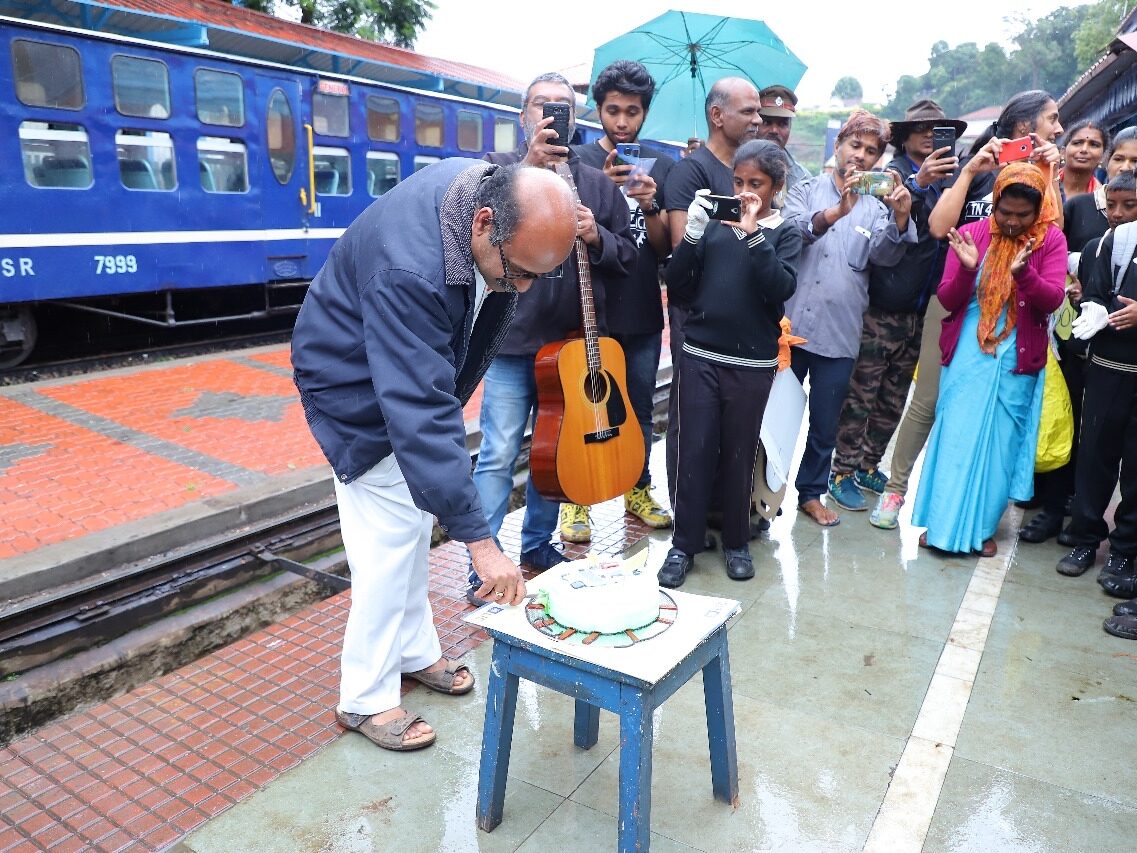
NMR Day Celebrations
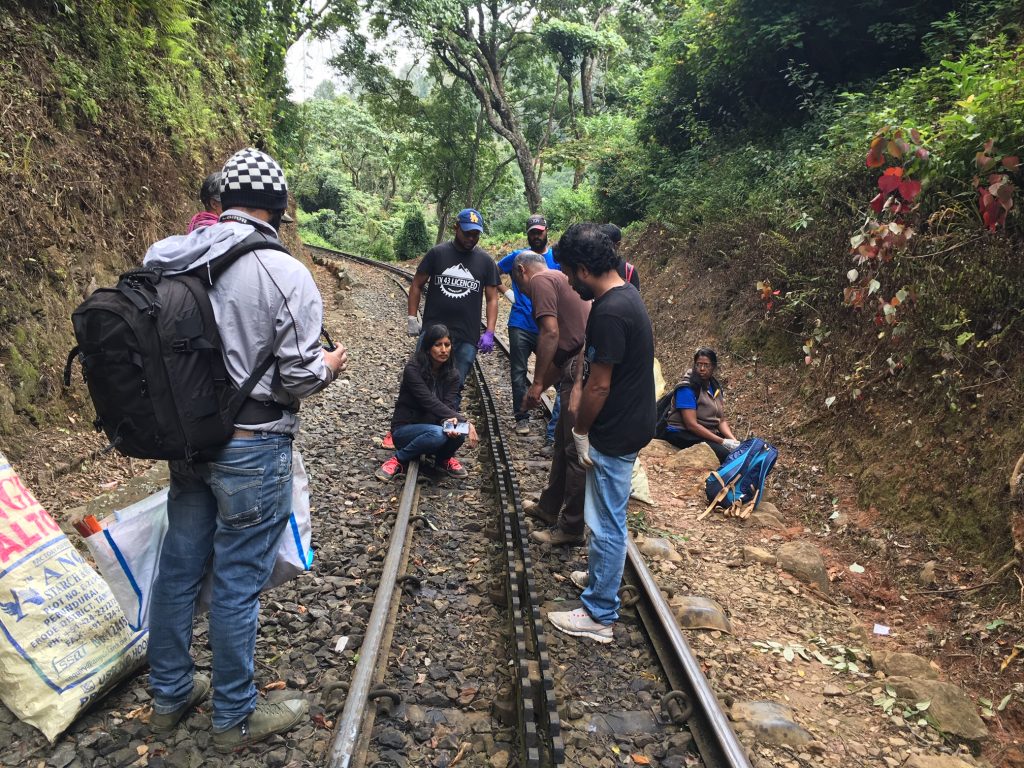
The UNESCO Heritage Rigi-Line
